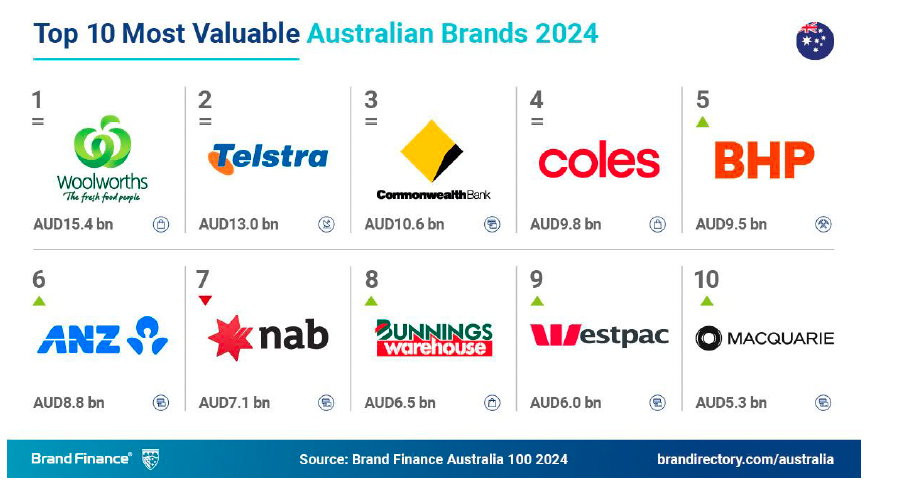Woolworths tops Australian supermarket preferences, Aldi gains ground: Tracksuit

Tracksuit, a brand tracking platform, has released findings from its inaugural ‘Brand Map of Australia’, revealing the supermarket preferences of over 4,200 Australians.
The survey, conducted in December 2024 and January 2025, highlights Woolworths as the leading supermarket choice for 34% of Australians, securing its position as the top supermarket nationally.
Coles follows closely as the second most preferred supermarket, garnering 31% of the national preference. Aldi, despite having a smaller presence in Australia compared to Woolworths and Coles, ranks third with a 19% preference. This indicates a notable position for Aldi in the competitive supermarket landscape.
State-by-state analysis shows Woolworths leading in New South Wales, Australian Capital Territory, Queensland, South Australia, and Western Australia. In contrast, Coles takes the lead in Victoria. Generational preferences further differentiate the supermarket choices, with Woolworths being the favoured option among younger Australians aged 18-34 and those over 55. Coles, however, is preferred by the 35-54 age group.
Other supermarket brands such as IGA, Costco, Harris Farm, Friendly Grocer, and Foodworks hold lower national preferences. However, younger consumers show a slightly higher inclination towards these brands, suggesting a diverse range of preferences among different age groups.
Co-Founder and Co-CEO of Tracksuit, Connor Archbold, said: “While Woolworths’ and Coles’ positions as Australia’s top two supermarkets may not come as a surprise to many, the fact that Aldi is closing the gap in third place is pretty significant – especially when we compare its footprint in Australia.
“This definitely suggests things are shifting a bit for those top supermarkets. With everyone feeling the pinch of higher food prices, Woolies and Coles will need to make sure their brands are really hitting the mark for what people need. Building that trust and keeping customers loyal is going to be key for them to stay as the go-to supermarkets down the track.
“To really get a handle on this and make the most of it, digging into regional data could be a game-changer for any of these brands. That way, they can get a much clearer picture of exactly what’s influencing shopping choices in different areas, see where they’ve already got strong local support, and even spot some opportunities they might be missing.”





